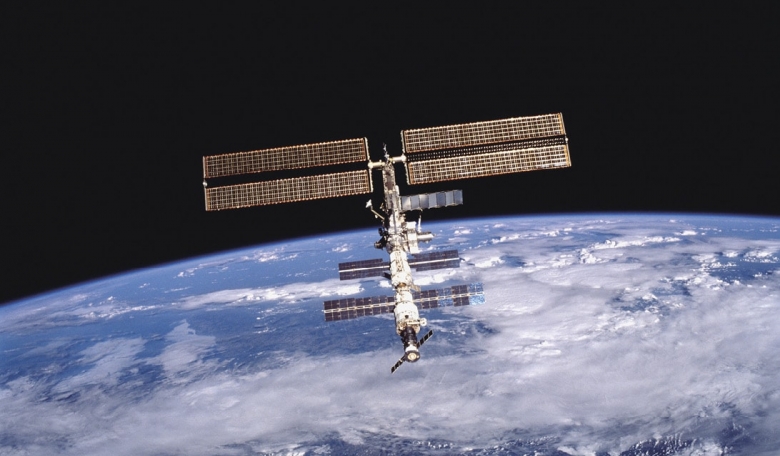A very small but steady air leak that has been apparent on the International Space Station since September 2019 is now being investigated and crew members Chris Cassidy, Ivan Vagner and Anatoly Ivanishin, will spend this weekend huddled inside the station's Zvezda service module helping to look for the source of the leak.
In a NASA blog post, the agency said both America and Russia were "working a plan to isolate, identify, and potentially repair the source,” and stressed that the leak is still within segment specifications. It presents no immediate danger to the crew or the space station, NASA added.
The atmosphere in the off-word laboratory is normally maintained at a pressure comfortable for the crew members to go about their daily work.
But, says NASA, over time, a tiny bit of air leaks out requiring the station to undergo routine repressurisation from nitrogen tanks delivered on cargo resupply missions.
However, nearly a year ago, a slight increase above the normal air leak rate was noticed by NASA and its international partners.
The ISS is a busy spot and it has taken time in between spacewalks and spacecraft arrivals and departures to gather enough data to see what is going on.
It is not known if the leak is in the US or Russian segment, so the space station hatches will be battened down this weekend and mission controllers will carefully monitor the air pressure in each module to determine which is experiencing a higher-than-normal leak rate.
Cassidy, Vagner and Ivanishin, will stay in the Russian Zvezda service module from Friday night to Monday morning (21–24 August) while the investigation is ongoing.
“The three station residents will have plenty of room in Zvezda this weekend,” says NASA. “The module provides the living quarters that enabled permanent human habitation to begin nearly 20 years ago when the Expedition 1 crew arrived at the station 2 November, 2000.”
The crew members will also have access to their Soyuz MS-16 crew ship which could whisk them back to Earth in the event of a problem; though it is unlikely it will be needed for that purpose this weekend.
This is not the first leak to be connected with the ISS in recent years. In August 2018, a small air leak was discovered in a Russian Soyuz spacecraft attached to the station.
The 2 millimetre hole in the Soyuz hull was eventually attributed to human error rather than a micro-meteorite impact, although a final determination of the cause was never publicly made.
The method for sealing the Soyuz leak – a cloth and some glue – was later patented by Russian rocket firm RSC Energia.











